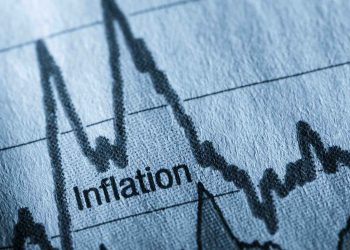Inflation drops slightly to 23.2% for February 2024
Related Posts
-
“Yesu Ka Wo Ho”, “Gyatabruwa” composer Osei-Boateng dies at 70
-
Forensic audit raises NSS ghost names scandal to GH¢2.2bn from GH¢548m – Attorney General
-
NIA begins issuing Ghana Cards to children aged 6–14
-
Stephen Ntim’s family requests temporary leave from party duties over health concerns
-
Dr. Gideon Boako (Tano North Constituency MP) writes: CHANGES IN ELECTRICITY TARIFFS IN GHANA FROM 2009 TO 2024
Browse by Category
- Africa
- Ahafo
- Art & Entertainment
- Arts & Entertainment
- Ashanti
- Aviation
- Banking & Finance
- Bono East
- Brong Ahafo
- Business
- Business
- Central
- Communication
- Culture
- Eastern
- Economy
- Education
- Entrepreneurship & Local Business
- Exclude
- Features
- General
- Ghana
- Greater Accra
- Health
- Health
- International
- International Trade
- Lifestyle
- Lifestyle
- Media
- National
- News
- North East
- Northern
- Oil & Gas
- Oti
- Politics
- Politics
- Real Estate
- Regional
- Relationship
- Relationship
- Religion
- Savannah
- Social
- Social
- Sports
- Sports
- Technology
- Trade
- Transportation
- Uncategorized
- Upper East
- Upper West
- Volta
- Western
Recent News
Gov’t justifies doctor postings; fixes December 12 deadline
December 3, 2025
Over 6,000 newly recruited nurses receive salaries – Health Ministry
December 3, 2025
About Us
© 2022- 2025 The Sikaman Times

















